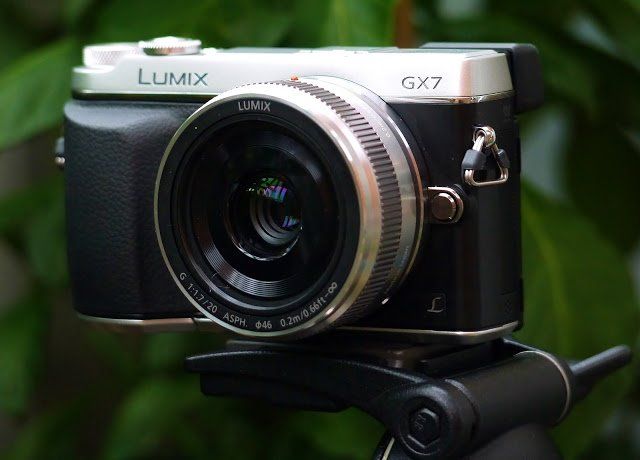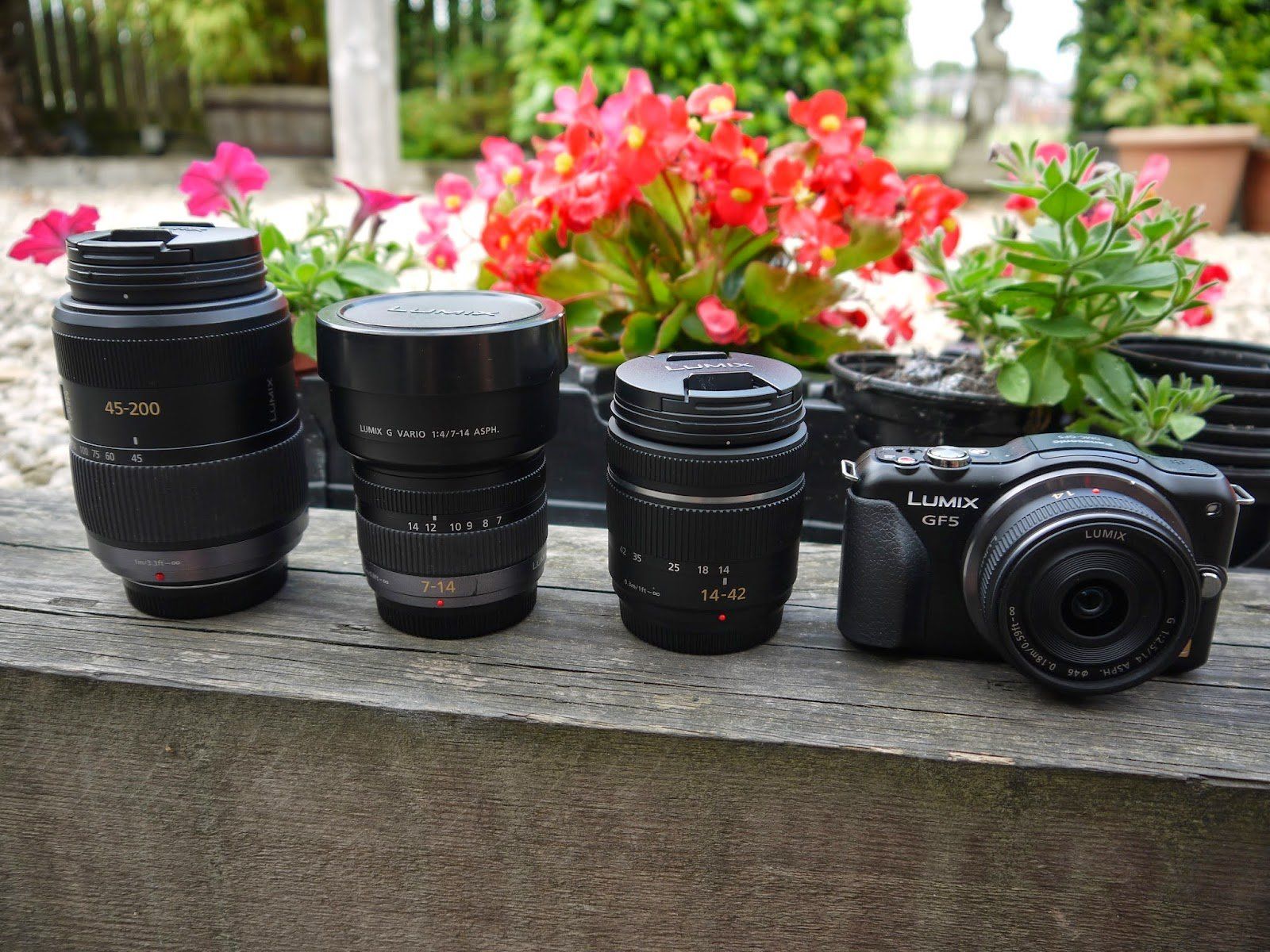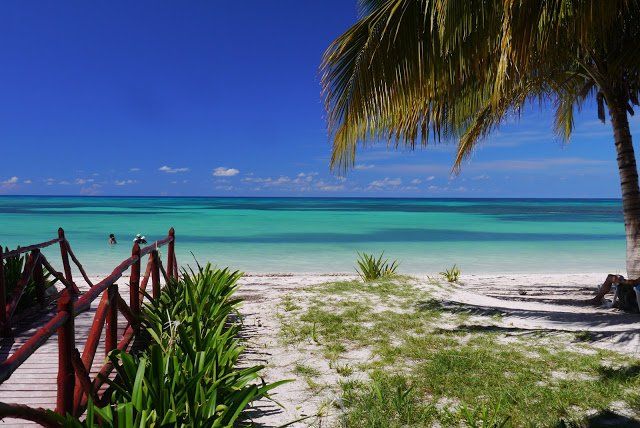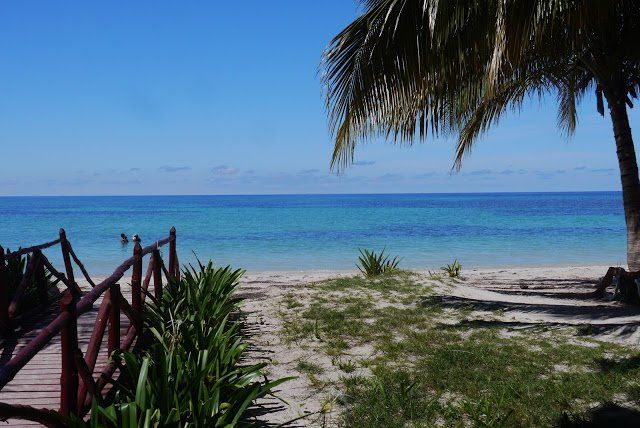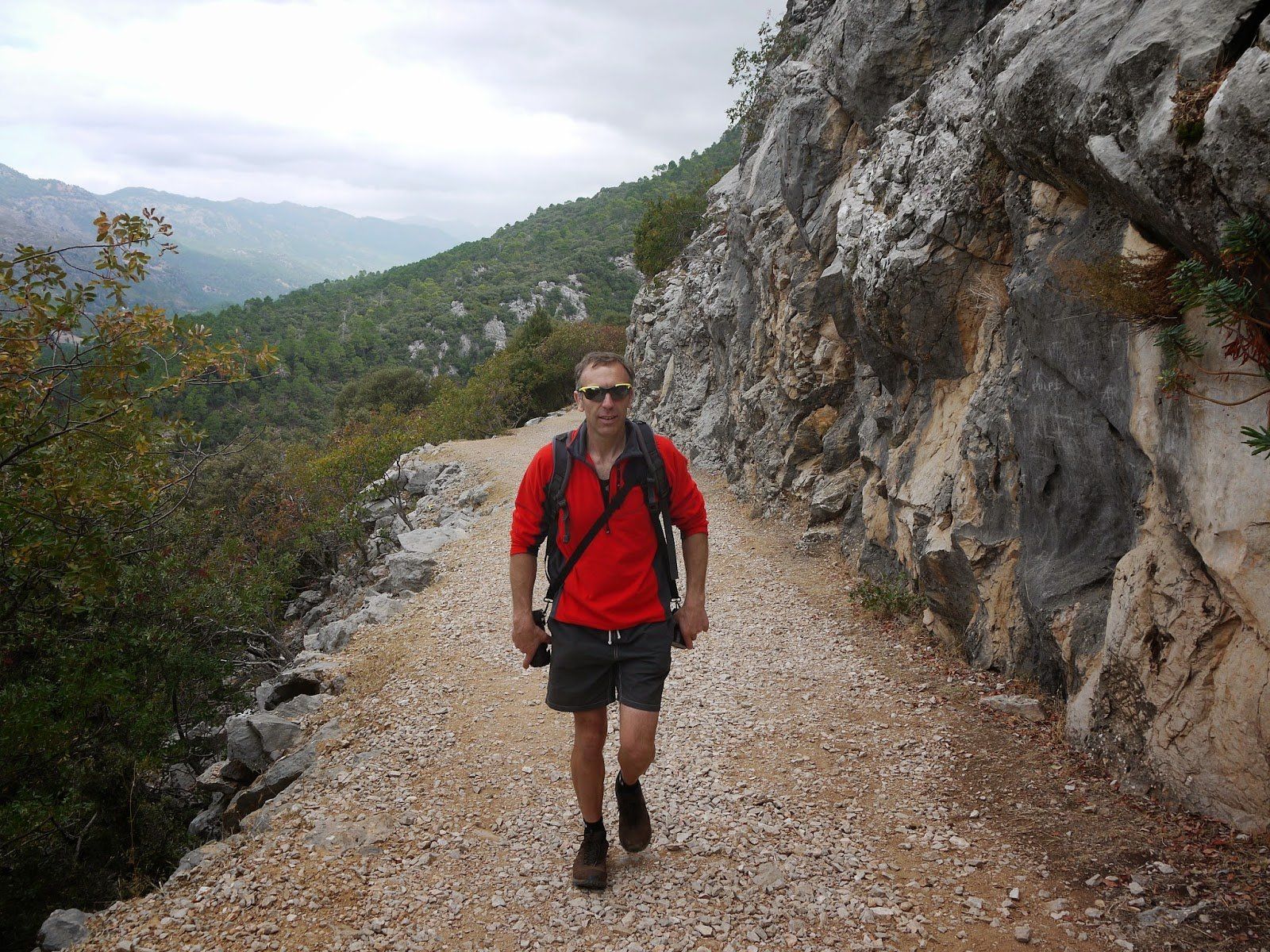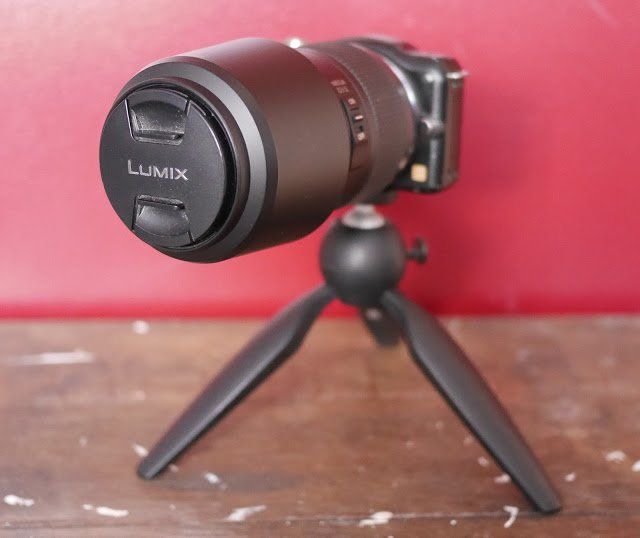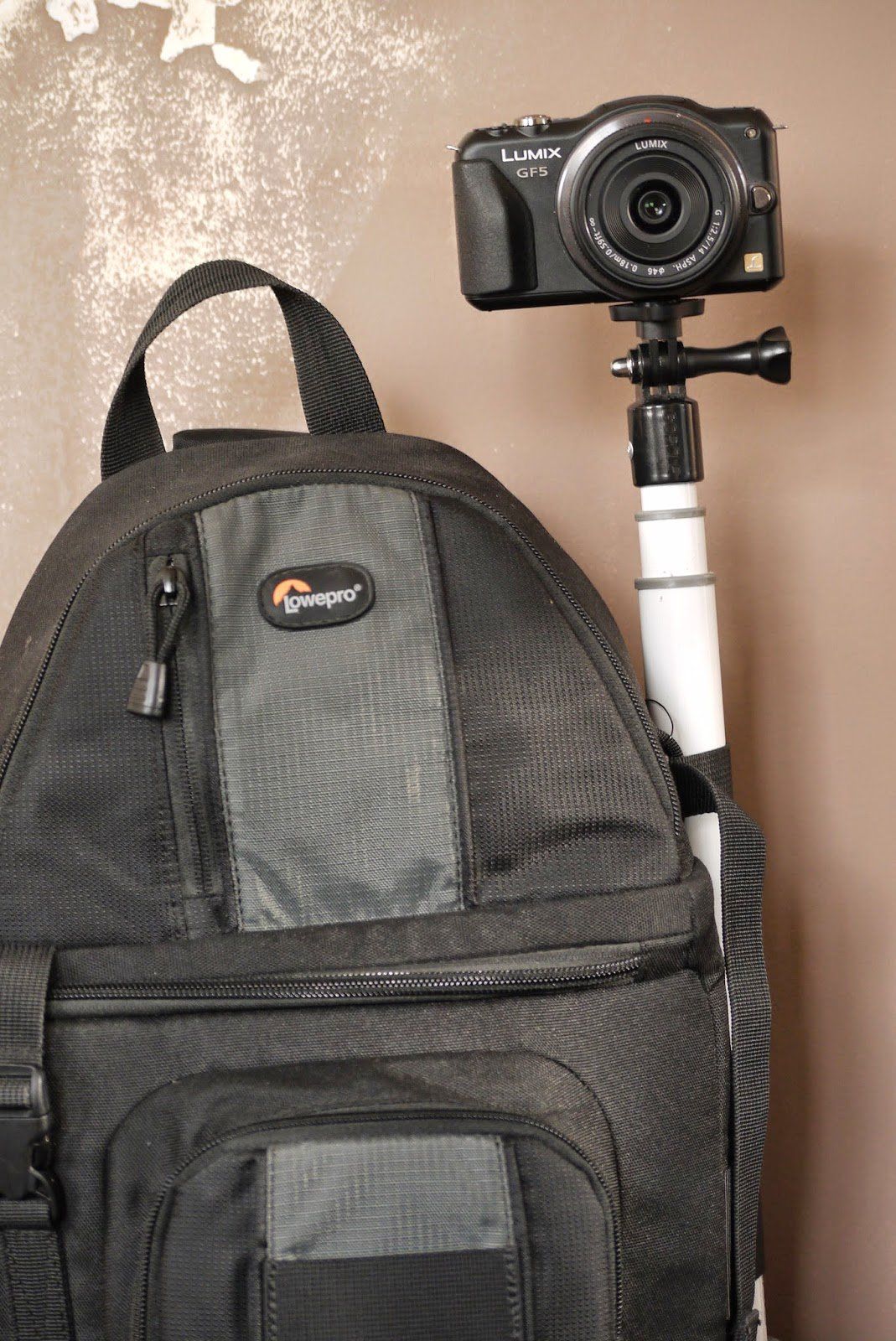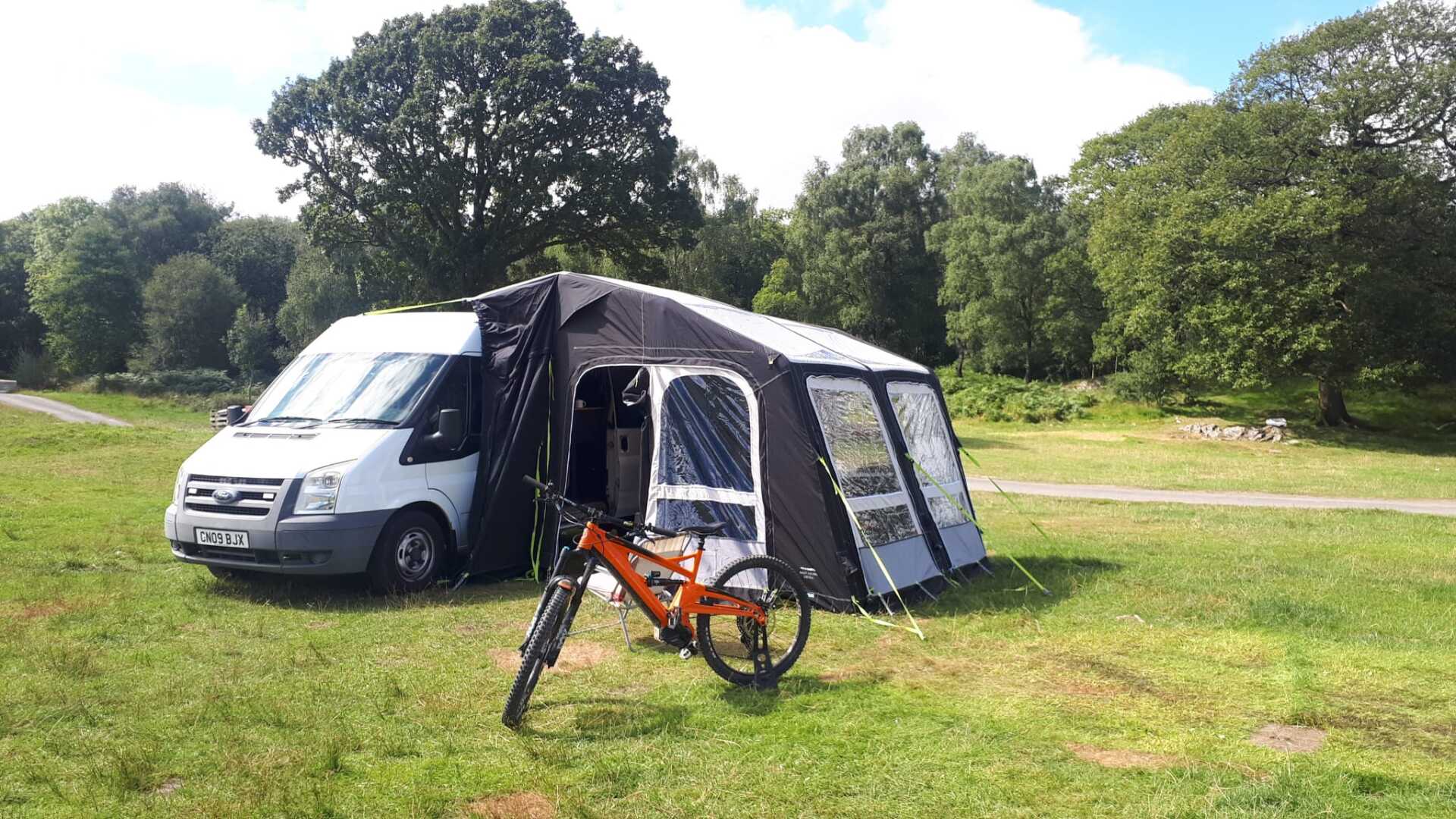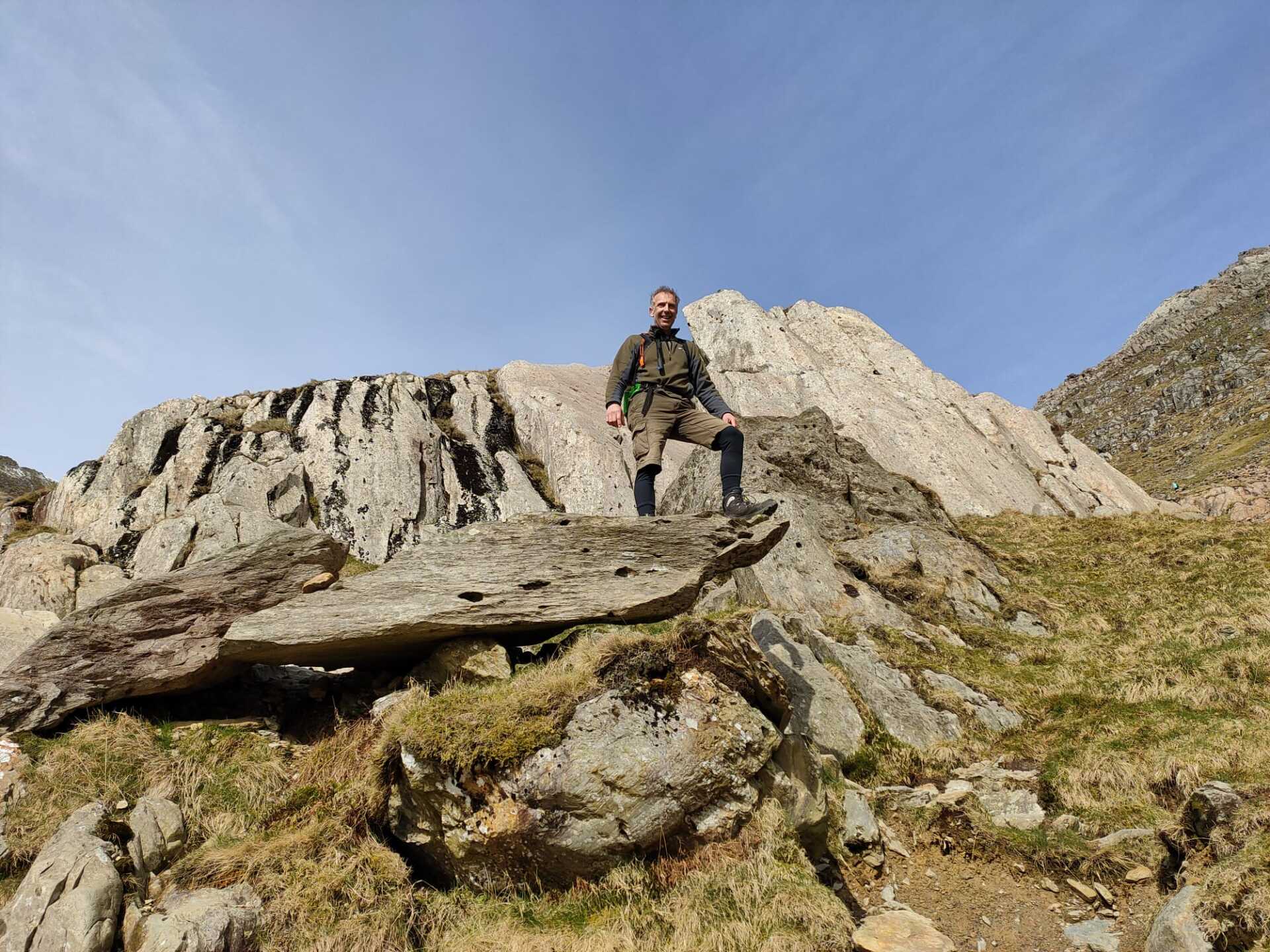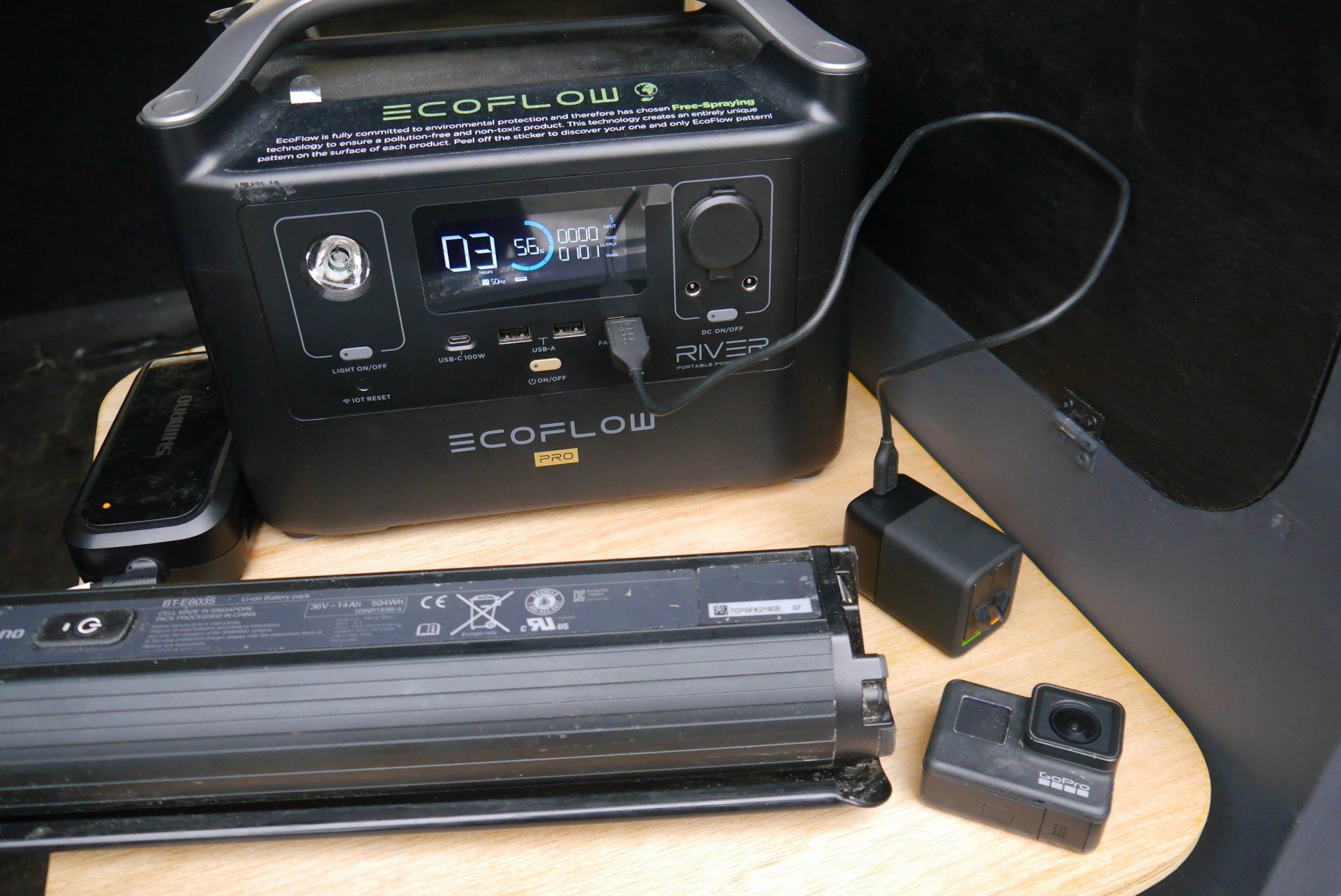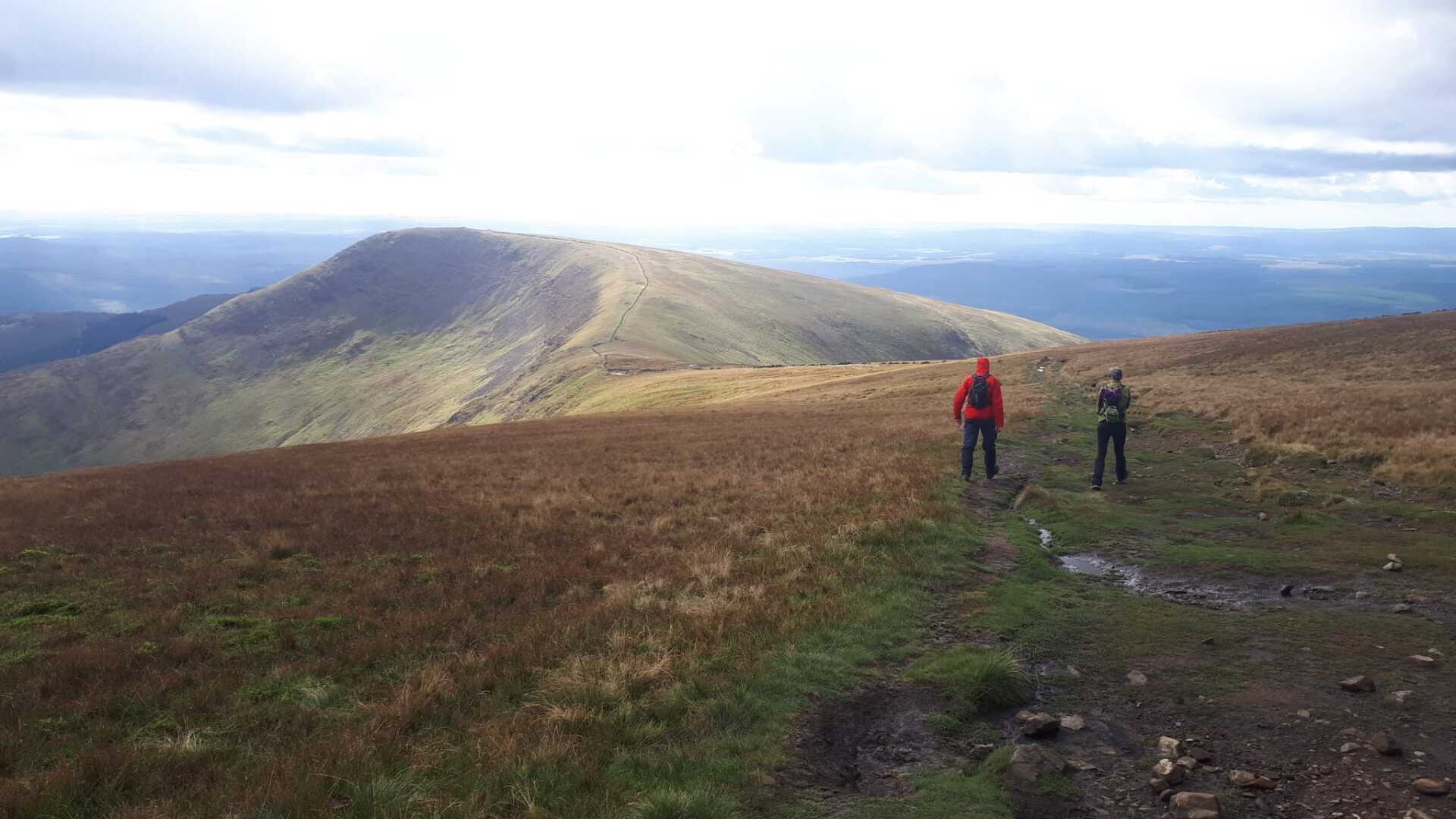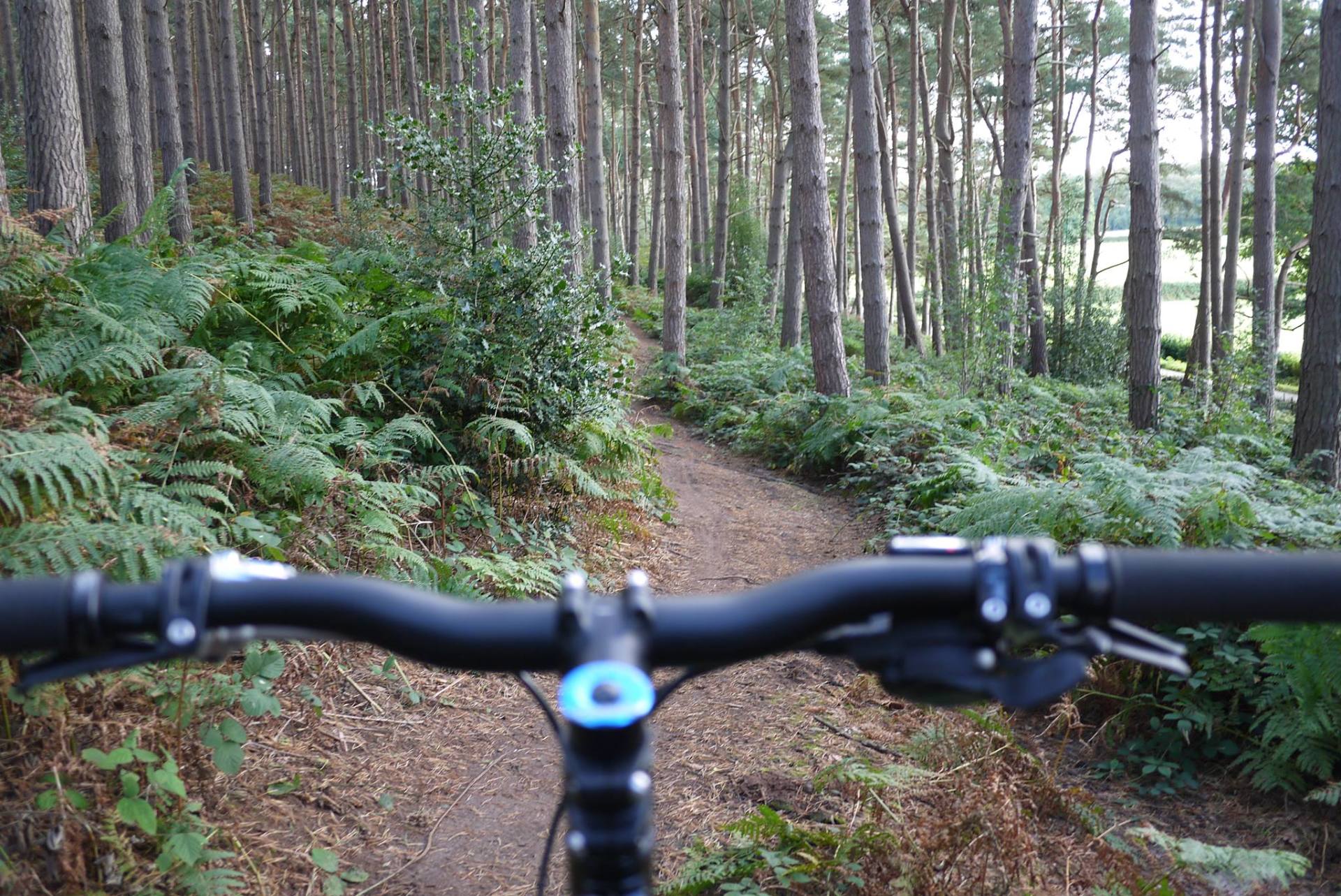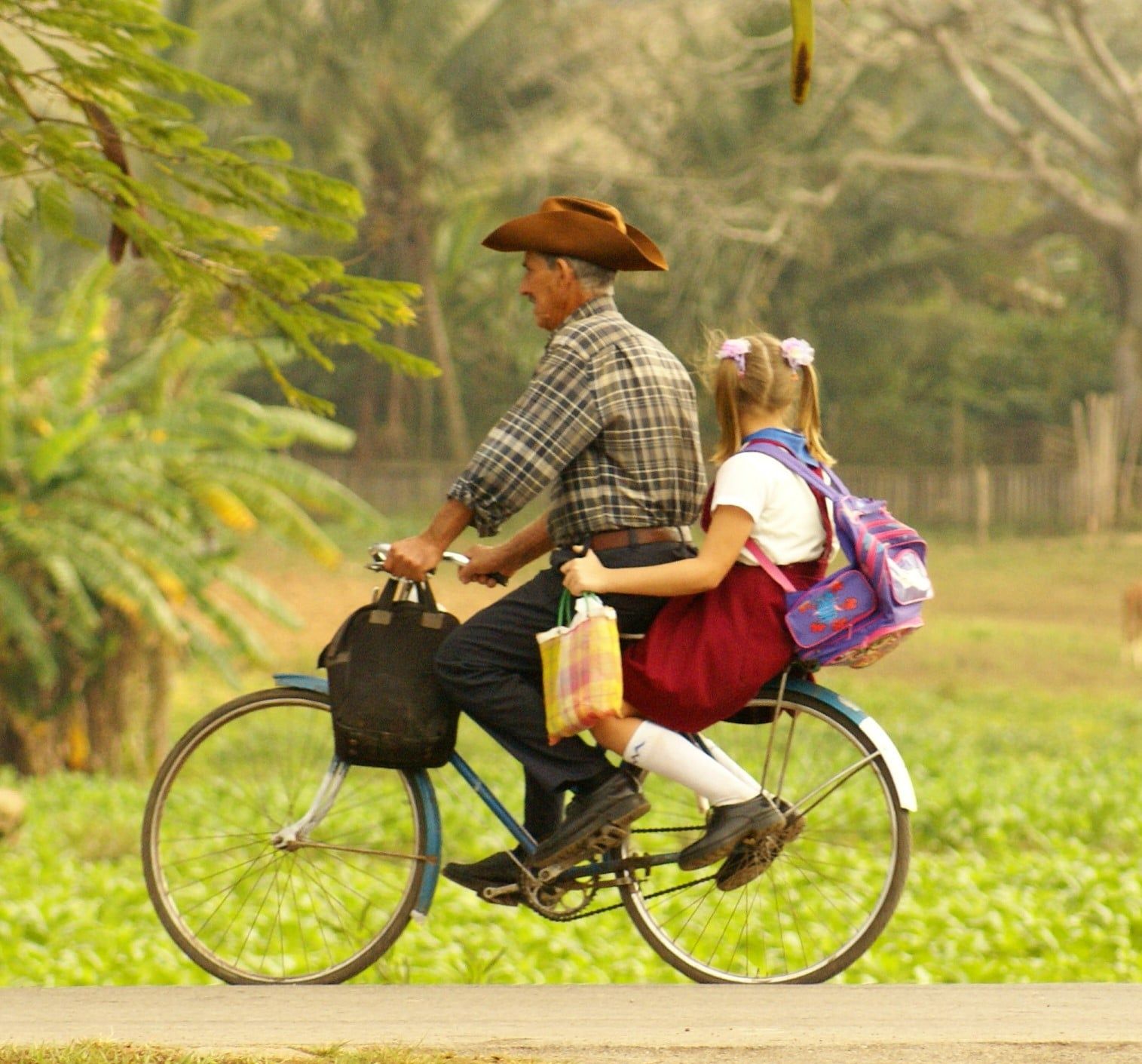
Photo Equipment For Traveling
Compact cameras for travelling, with changeable lenses and creative features.
Camera
When space is a concern, you could just take your smartphone, "Samsung Galaxy" as it's light and has multiple uses; camera, phone, hook up to wifi and listen to music. But this is my hobby, something that I love doing and when travelling solo helps me from feeling lonely.
Micro 4/3rds Panasonic Lumix cameras are a perfect partner for world travel photography
Keeping with compact "micro 4/3rds" I have bought myself the Lumix GX7, that came with a 20 mm lens and a spare battery. I already have a good collection of lenses that will fit this camera, I like the look and feel. But what I like the most, is I have a camera with a viewfinder. From the handy Lumix GF5, I have been using.
The main reason I brought the GX7 is for time-lapse shooting and now I have a reason to travel off somewhere to practice!
I am still new to time-lapse photography, but it's the fun in learning something new and of course visiting great places.
I like the way a time-lapse movie shows what the eye can't see, giving an almost actual feel of being there to the viewer. Time lapse is a photo taken many times of the same subject, then converted to a video to view. On average a 10-second video at a frame rate of 24/fps would mean nearly an hour of taking photos every 5 seconds, depending on what you are shooting it could be more or less. Which means time, battery life and good memory cards are very important.
My previous Lumix GF5 has the same battery charger as my new GX7, the battery from the GF5 is slightly lower-powered, but at least I have 3 batteries.
Lumix GX7:
- Dimensions 123 x 71 x 55 mm (4.83 x 2.78 x 2.15″)
- Weight (inc. batteries): 402 g (0.89 lb / 14.18 oz)
- Focal length multi 2×
- Effective pixels 16 megapixels
- 1080 video at 60p/60i/24p in MP4 or AVCHD format
- In-body image stabilisation
Lenses
The downside with Micro 4/3rd's lenses; you need to have a collection. These lenses are much smaller and way lighter than DSLR cameras. They can still take up a lot of room when carrying 3 or more, which are needed for different types of shooting while travelling and the good quality lenses are expensive. Olympus lenses also fit and cost less as they do not have an image stabiliser, as the stabiliser is inside their cameras. I have 3 camera body's as mentioned above, but you need to be extra careful when changing lenses as you want to keep the mirror and sensor clean to avoid any costly damage. The standard lens 14 - 42 is fair quality and fair range. The replacement is a 12 - 35 HD that is a must in your kit, but you may find very expensive, especially if you are saving for your travel's. But a keen traveller/photographer may also be keen on taking the 12 - 35 and the 35 - 100 X series lenses, as would be good for most types of shooting.
Filters
At some point, a filter is a good idea as it can make your photos more intense and reduces reflections and deepens blue skies if used properly, that Photoshop cannot do.
- Lumix G Neutral Density Filter DMW-LND52E. Use to reduce light entering the camera in extremely sunny conditions. (ND8) The filter reduces the amount of light to 1/8th without affecting colour balance. Best used in very bright sunlight, to prevent overexposure (whitish photos especially the sky that will lack contrast) This will allow the use of a wider aperture or slower shutter speed.
- Lumix PL Filter (Circular polarizing)
helps to reduce reflections and glare by filtering out light that has become polarized due to reflection from a non-metallic surface. A polarizer can absorb much of this polarized light and, in turn, increase the saturation of skies and foliage, cut through distant haze, and minimize reflections in glass and on water. Eliminates reflections while preserving the naturally vivid colours of the subject, blue sky, water surface, etc.
Panasonic filters are Double Threaded:
Screw neatly onto the front of your lens, enabling to stack the two filters. The 52 mm lens cap fits over the filters and you lens hood can also be used. For use with 14-45mm, 45-200mm lenses. Step-up rings are available from 37 mm & 46 mm to 52 mm for other Panasonic/Olympus lenses. These filters feature a slim filter ring design for reducing vignetting with wide angle lenses.
Operating:
As with taking any photo, get yourself set up at your preferred location. To apply slow shutter speed under strong sunlight exposure. Start by experimenting and using manual settings ISO 200, 1/4 - 1/2 SS, A - F16. (Use a large aperture to create depth of field) Filters work best at 90 degrees to the sun, but experiment!
Tips:
- Best used on a cloudy day Manually set white balance.
- Time of day taking photos will give: Morning - bluer sky's Midday - White Evening - Orange
Adapters are available and I have the 46mm - 52 mm to fit 14 and 20 fixed focal lenses. These products are well made, reasonably priced, small, easy to use and carry. Is the way forward in travel photography
Camera Strap
The Black Rapid Yeti Camera strap. It is a one shoulder solution perfect for carrying my G2 with 45 - 200 zoom and the GF5 with the 14 mm lens. I have been on full day hikes, using this strap, also taking my wide angle lens and water bottles have made life easy, in respect of ease of use and not weighing your back down.
Tripod
The mini Tripod from Manfrotto, is compact and strong and can be used with a long zoom lens.
The tripod can also be used as a handle when folded.
The best use for the tripod is keeping the camera completely still when using slow shutter speed and for time lapse.
Lightweight Camera Kit For Travel And Day Bag
I love taking photos. My camera allows me to capture those awesome moments. By keeping it lightweight - means taking only the essentials. Whether you're jetting off to an exotic island or simply taking a long weekend away in the country. Taking the right kit can provide brilliant opportunities for photography.
"When travelling light, think what you what to photo before you go out and pack the lens to suit"
Keeping it simple, this is my go anywhere lightweight travel kit and day bag. You can carry this kit all day without feeling weighed down.
- Lumix GF5 and fixed 14 mm lens
- 45 - 200 mm zoom lens, with lens hood
- 2 filters
- Adapter ring 46 mm to 52 mm
- 2 spare batteries
- SD cards
- lens cleaning cloth
- Mini Tripod
- Lowepro Apex 120 AW camera bag
Camera Backpack
The Lowepro SlingShot 202 AW camera bag.
For carrying all your gear needed on a long day trip, to cover many scenarios.
I found this bag very useful and could pack my money and passport inside.
It felt very secure when used/slung in front.
Easy to use and quick to take the camera from the bag and change the lens. I also have used the Lowepro backpack Compuday photo 250 bag, where you can also slip in a laptop and carry a water bottle. I found this bag is good for only 1 camera and possibly 2 lenses. Both bags are great as day bags and carrying all your travel documents on aeroplane or bus.
Spares
- Batteries My two cameras use the same batteries and charger
- Charger mains and USB
- Mains Plug adapter
- SD Cards from 8-GB to 44-GB
- Storage from USB sticks to 4-TB external drive
- Cleaning kit
- USB cables
- Storage case for SD Cards and spare batteries
"Photography is still a learning curve for me - meaning an excuse to travel and explore"
The perfect interchangeable lens companion on your travels?
Drone
DJI Mavic Air
DJI MAVIC AIR - REPAIR SERVICE FOR BATTERIES BATTERY IN HIBERNATION Check out Steve
App: DJI GO 4
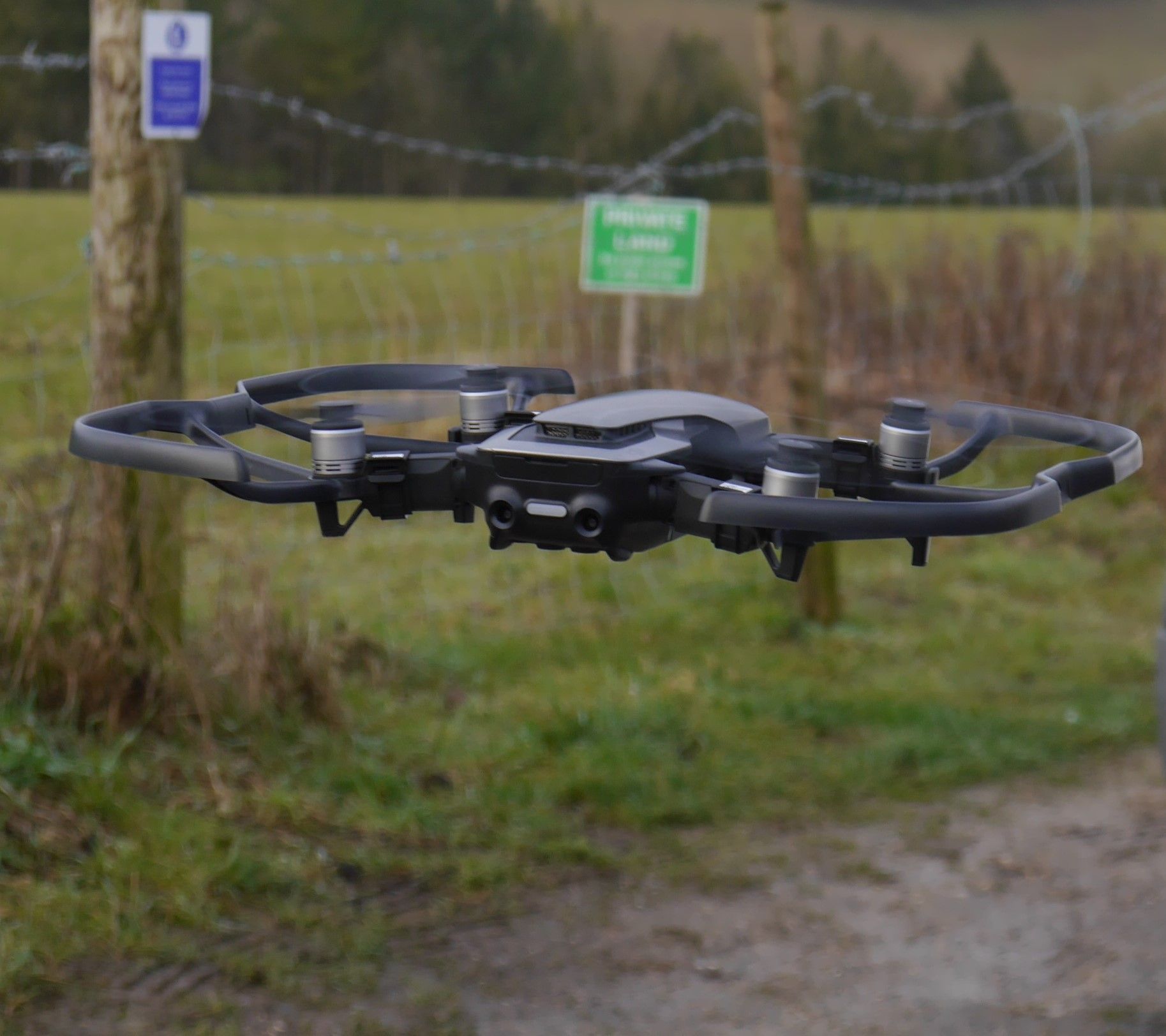
Video editing software

CONTACT
LOCATIONS
The Traditional Way

